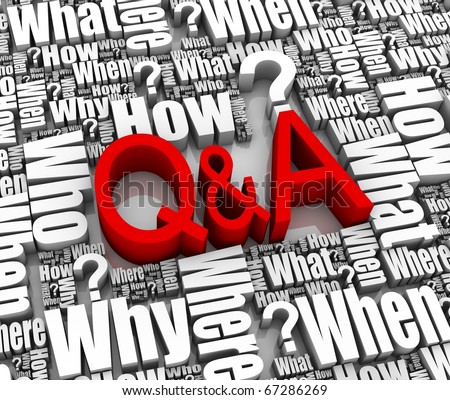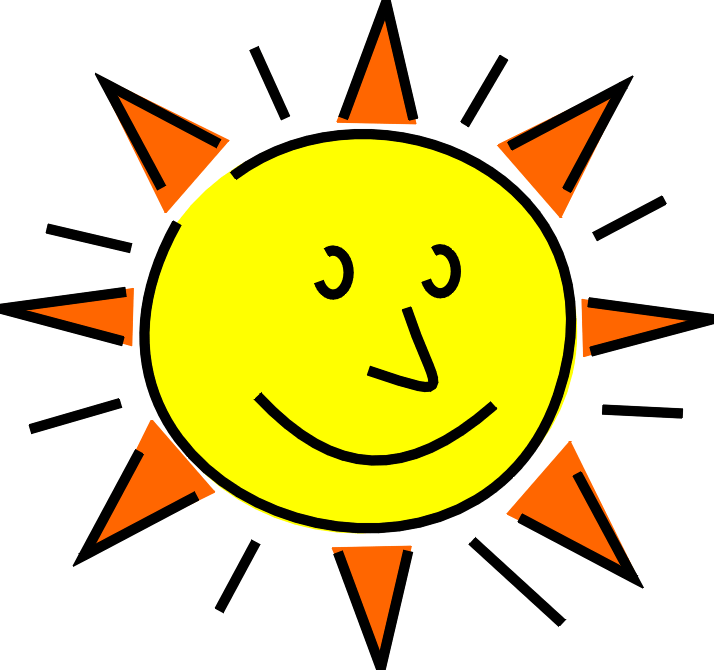 |
| Merry Christmas from Language Lady! |
This time of year we see a plethora of spelling, capitalization, grammar, and usage errors--on signs, catalogs, greeting cards, and more:
1. merry Christmas on a greeting card (which technically isn't wrong, but just doesn't look right either!)
2. "This line is for eight items or less"--even though it should be "eight items or fewer"
3. Xmas--even though the Associated Press itself says to never use this abbreviation!
4. Seasons' Greetings (which indicates that you are offering someone greetings for more than one season--the plural noun seasons)
5. Happy capitalization guy or girl--Christmas Tree, Christmas Decorations, Christmas Ham, etc.
Many holiday greetings and terms are subjective (shocking, huh?); however, here is a list to help you see the most common ways that greetings and holiday words are expressed this time of year:
1. You can write any of the following:
a. Seasons Greetings (no possession shown at all--more of a noun describing another noun)
b. seasons greetings (same as a., but no capitalization--not recommended for greeting cards and headers)
c. Season's Greetings (the most common way, showing that the season {one season} possesses the greeting; note the capping here)
d. season's greetings (like c but not capped)
2. Of course, people also write Merry Christmas in different combinations (with and without the M capitalized; however, Christmas should always be capitalized because it is a proper noun by itself:
a. merry Christmas
b. Merry Christmas
3. To cap or not to cap greetings? This is a stylistic preference, but if it is in a header or greeting card, you definitely want to capitalize:
a. Season's Greetings or season's greetings
b. Merry Christmas or merry Christmas
c. Happy Holidays or happy holidays
d. Happy New Year or happy New Year
e. Happy Christmas or happy Christmas
f. Happy Christmastime (all one word) or happy Christmastime (again, all one word)
4. Words that are already proper nouns should remain proper nouns in every context and should retain their capitalization:
a. Santa Claus
b. Poinsettia--This is traditionally capitalized because the flower is named after a botanist and physician who was also the first US Ambassador to Mexico, Joel Roberts Poinsett. In 1828, he introduced the plant to the country.
c. The actual holidays
i. Christmas or Christmas Day
ii. Christmas Eve
iii. New Year's Eve (one year--singular YEAR.....hmm...."that doesn't end in an s, so I need to put apostrophe s")
iv. New Year's Day
d. North Pole (Remember--you capitalize directions when they are part of a proper noun already--but not when giving directions. No "Turn West at the corner"!)
e. Jesus, Jesus Christ, Messiah--most Christian publications capitalize names for or references to God and Jesus
f. All locations associated with Christ's birth and life as they are proper nouns already--Bethlehem, Nazareth, etc., and, of course, King Herod, Joseph, and Mary (but not shepherds or wise men)
g. When describing decorations, only capitalize the original proper noun:
i. Christmas tree
ii. Christmas wreath
iii. New Year's Day dinner
iv. Christmas Eve party
h. Nativity is capitalized when it stands alone or when it is combined with non-proper noun elements
i. Nativity scene
ii. Nativity pieces
iii. Nativity story
i. Advent is capitalized in all contexts
Merry Christmas from Language Lady!




.jpg)






